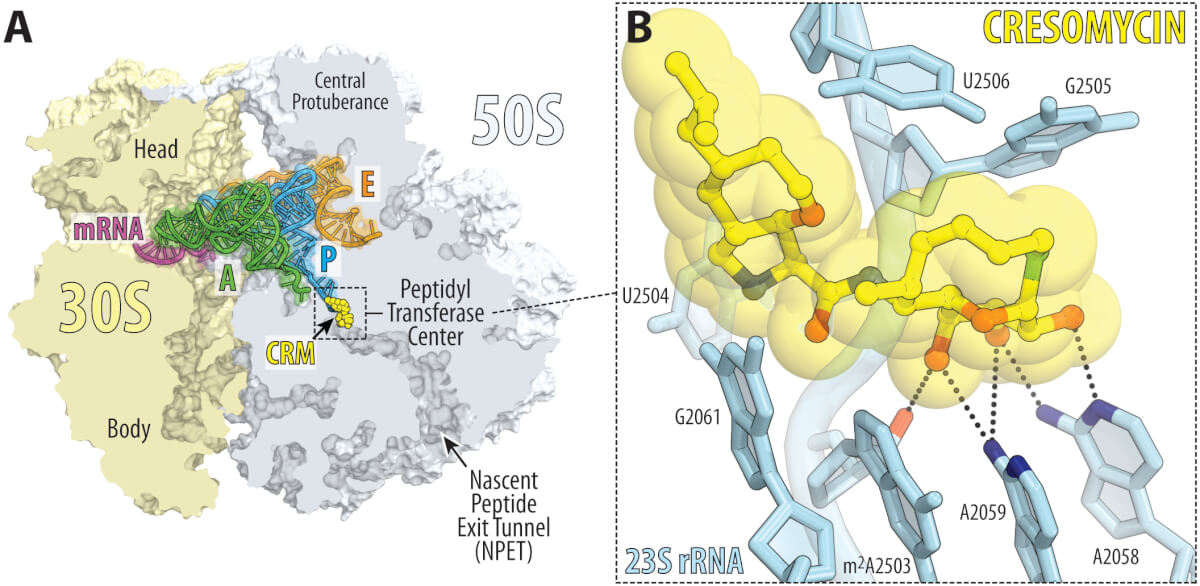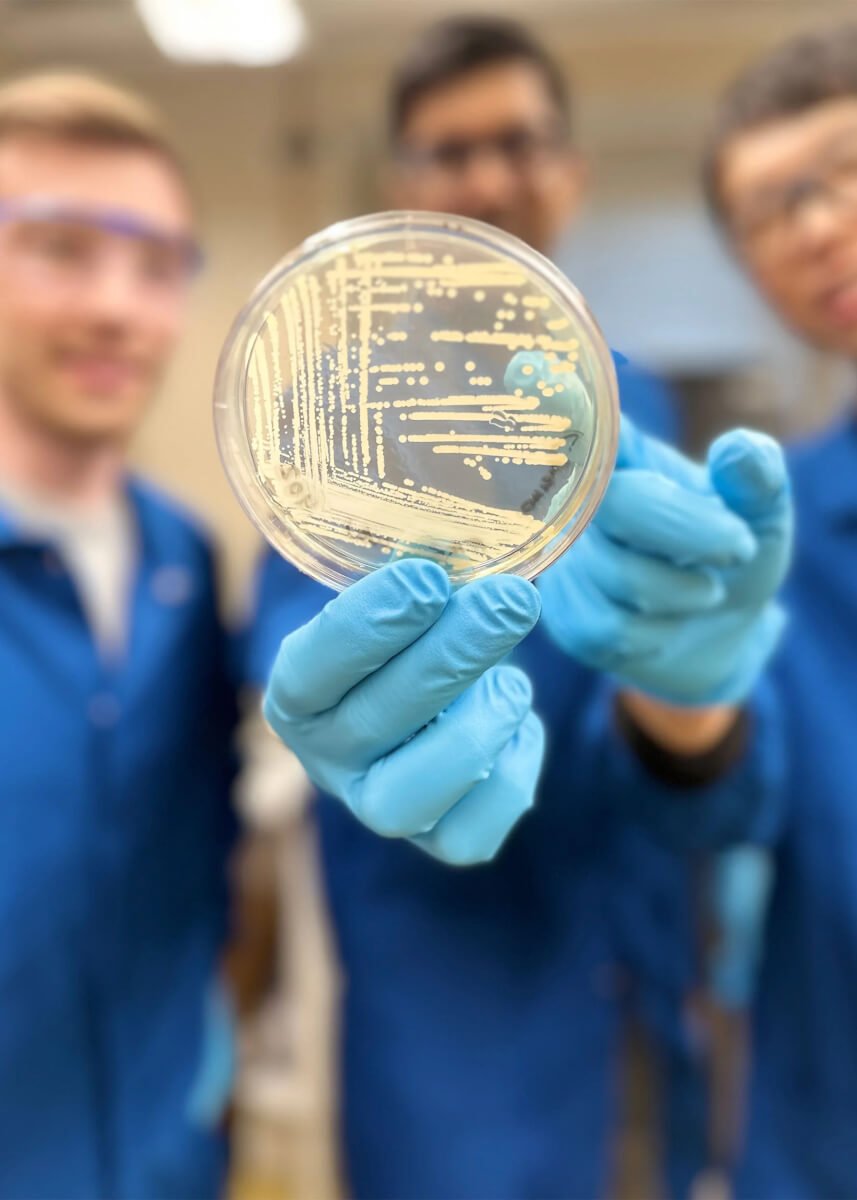CAMBRIDGE, Mass. — A game-changing superbug killer has been developed to combat drug-resistant bacteria. Called cresomycin, this innovative compound has shown promising results against strains of bacteria that are resistant to current medications.
Antimicrobial resistance occurs when bacteria evolve in a way that makes traditional antibiotics ineffective against them. This phenomenon has made many existing drugs obsolete and poses a significant threat to public health worldwide. Harvard University researchers created cresomycin, a synthetic compound capable of killing numerous strains of drug-resistant bacteria, including notorious pathogens like Staphylococcus aureus and Pseudomonas aeruginosa.
“While we don’t yet know whether cresomycin and drugs like it are safe and effective in humans, our results show significantly improved inhibitory activity against a long list of pathogenic bacterial strains that kill more than a million people every year, compared with clinically approved antibiotics,” says study author Andrew Myers, the Amory Houghton Professor of Chemistry and Chemical Biology at Harvard, in a university release.

Cresomycin stands out for its ability to bind more effectively to bacterial ribosomes — molecular machines within cells that produce proteins. Many antibiotics target these ribosomes, but bacteria have developed defenses that protect their ribosomes from such drugs. Cresomycin’s design overcomes these defenses, offering a new approach to antibiotic therapy.
This antibiotic is part of a broader effort by Myers’ team to create compounds that can combat superbugs, bacteria that have developed resistance to multiple antibiotics. Their work is supported by a $1.2 million grant from the Combating Antibiotic-Resistant Bacteria Biopharmaceutical Accelerator (CARB-X), a global nonprofit partnership based at Boston University that funds early-stage research and development in antibacterial products.
💡How Deadly Are Antibiotic-Resistant Superbugs?
- According to the CDC, more than 2.8 million antimicrobial-resistant infections occur each year.
- These infections killed at least 1.27 million people worldwide and were associated with nearly 5 million more deaths in 2019.
Drawing inspiration from lincosamides — a class of antibiotics that includes the widely used drug clindamycin — cresomycin is fully synthetic and features chemical modifications not achievable through traditional drug-making processes. This innovative approach allows for the creation of antibiotics that could potentially overcome the limitations of current treatments.
The development of cresomycin involved a technique called component-based synthesis, a method that allows for the construction of complex molecules by assembling large, equally complex components in the later stages of synthesis. This strategy, likened to building with pre-made sections of a LEGO set, enables the rapid production and testing of hundreds of potential drug candidates, accelerating the drug discovery process.
“Antibiotics form the foundation on which modern medicine is built,” notes study co-author Kelvin Wu, a Harvard graduate student. “Without antibiotics, many cutting-edge medical procedures like surgeries, cancer treatments, and organ transplants, cannot be done.”

The research has also received support from various sources, including the National Institutes of Health, the National Science Foundation, and Harvard’s Blavatnik Biomedical Accelerator.
The study is published in the journal Science.

Scatological inclined people would find that humorous. I do not.
I’m just wondering how to design a toilet that does not do that.
Less of a power push and more of a slower slid down the tube would be a safer toilet.